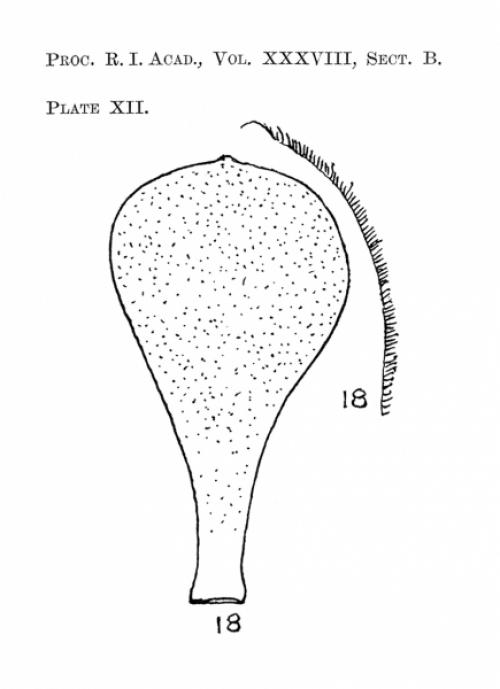x vegamorae Bramwell & Rowley, 1973
Par: Aeonium subplanum Praeger × Aeonium viscatum Bolle
[or Aeonium canariense (L.) Webb & Berthel. × Aeonium viscatum Bolle if subplanum is considered to be part of canariense;
or Aeonium subplanum Praeger × Aeonium lindleyi Webb & Berthel. if viscatum is considered to be part of lindleyi;
or Aeonium canariense (L.) Webb & Berthel. × Aeonium lindleyi Webb & Berthel. where both names are sunk.]
Aeonium subplanum Praeger × Aeonium viscatum Bolle, in Praeger, Semperviva of the Canary Islands area, Proceedings of the Royal Irish Academy 38 Sect.B (1): 482-483. 1929.
Aeonium × vegamorae Bramwell & G.D.Rowley, in Jacobsen & Rowley, Some name changes in succulent plants, Part V., National Cactus and Succulent Journal 28: 5. (Mar) 1973 ("vegamorai").
Etym: Named for José Luis Vega Mora.
T: Islas Canarias, La Gomera, Degollada de San Sebastián, 540m.; R. Lloyd Praeger.
HT: Sketch of a leaf in Praeger, Semperviva of the Canary Islands area, Proceedings of the Royal Irish Academy 38 Sect.B (1): 482, t.12, fig.18. 1929. Autotype (Art. 9.1). The only included element.
Description (according to Praeger, An Account of the Sempervivum Group, 1932) :
Subherbaceous.
Stem short, with horizontal, ultimately decumbent branches.
Rosettes dense, flattish, to 15 cm across.
Leaves spathulate, 7 x 2.5 cm, soft, fleshy, sticky, glandular-pubescent, dark green, apex bluntly apiculate, base attenuate.
Habitat : Canary Islands : La Gomera.
A very distinct-looking plant half the size of subplanum.

Aeonium ×vegamorae HT from Praeger, Semperviva of the Canary Islands area, Proceedings of the Royal Irish Academy 38 Sect.B (1): t.12, fig.18. 1929.